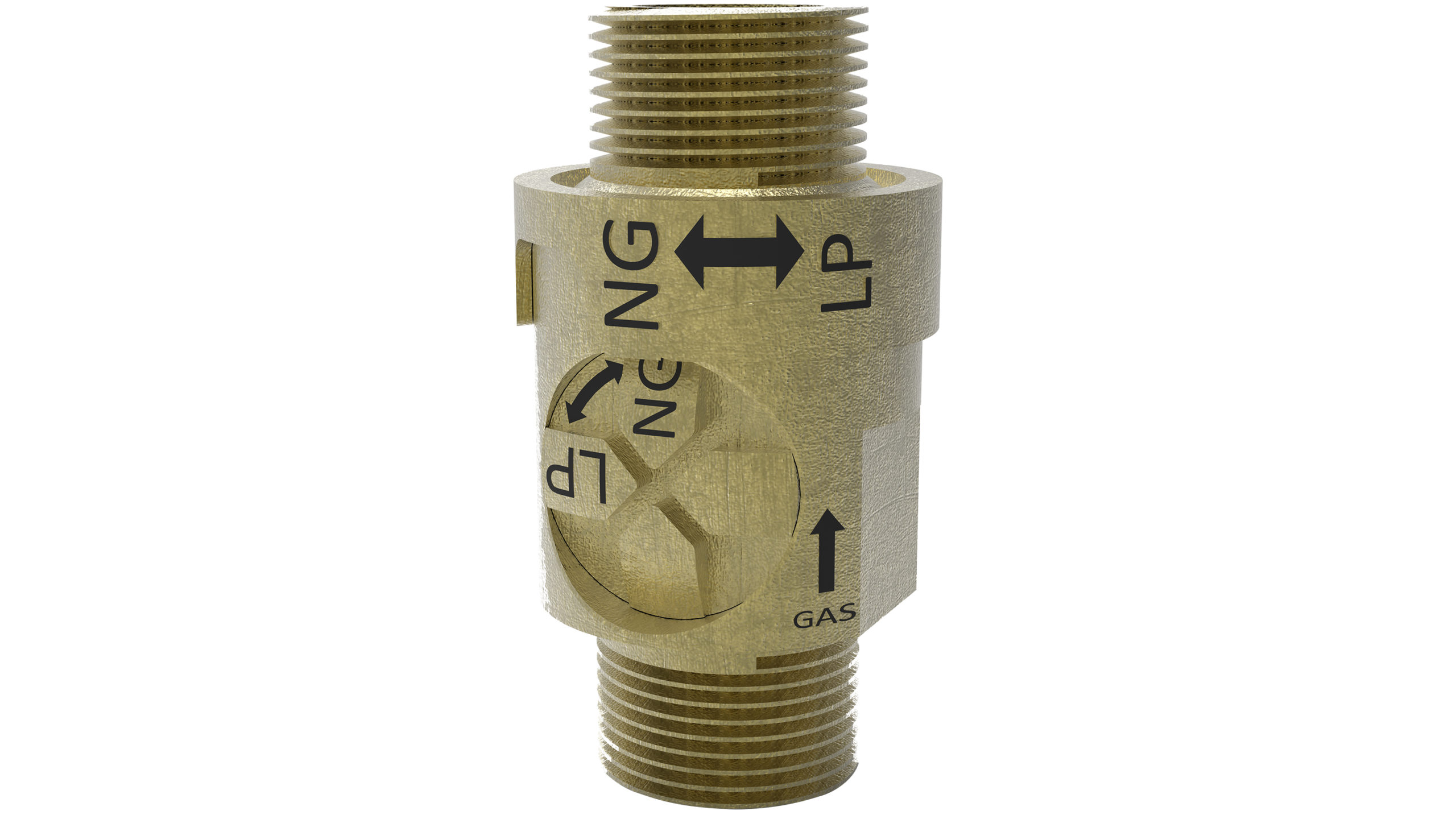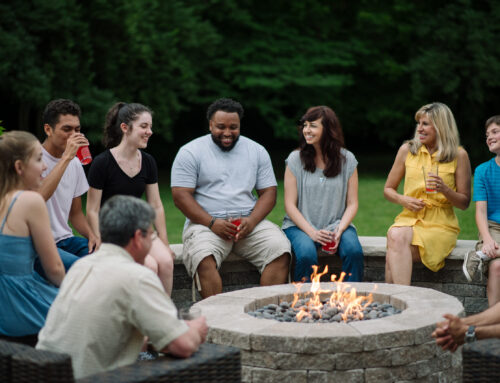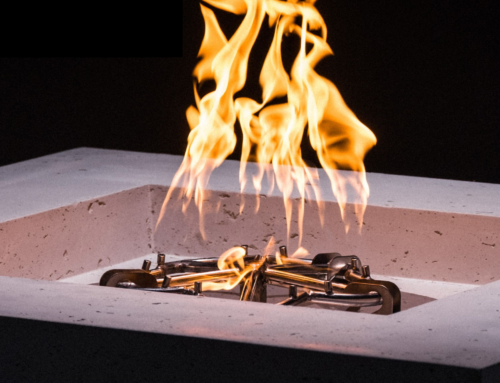HPC Fire Inspired decorative gas burning fire features create an inviting atmosphere that offers beauty and functionality. Behind the mesmerizing flames lies a crucial component that is a behind the scenes star. This essential piece is small in stature but plays a big role in sustaining HPC’s signature flame. Known as the burner orifice, tooled specifically to regulate the gas flow that fuels the fire. In this Tech Talk, our team will explain the orifice function and features which promote safe use allowing consumers to create memorable moments.

What Is An Orifice
An orifice in an HPC Fire Inspired outdoor gas burning fire pit is a small opening or hole located just under the pan within the burner assembly. This orifice serves as a gateway, controlling the flow of gas from the gas supply line into the burner. The precision of this opening sizing dictates the quantity of gas entering the burner. This feature directly influences the flame’s appearance, heat output, and overall performance.
Proper Orifice Sizing
Orifice sizing in outdoor fire pits is not a one-size-fits-all concept. The Balane between flame height, flame appearance and BTU rating are critical factors that are examined by HPC’s engineering and testing team. The size of the orifice is intimately connected with the fire pit’s BTU (British Thermal Unit) output. A larger orifice permits a greater gas flow, which in turn increases the BTU output, as well as the heat produced and requires larger burners. On the other hand, a smaller orifice reduces the gas flow, leading to a lower BTU output which produces a milder heat output and requires smaller burners. At HPC our engineering team meticulously test and match the burner orifice size to match the intended performance characteristics and burner size. They consider factors such as the appliance’s burner size, flame height, intended BTU capacity, gas type, gas line pressure and barometric pressure. The testing allows our team to properly fit an orifice with each appliance; confirming that the gas flow aligns with the appliance’s specifications which promotes optimal combustion, enhances flame appearance and ensures safe operation.
Relationship Between Orifice Sizing & BTU
While it might seem intuitive to increase orifice size for higher BTU ratings, the relationship between orifice size and BTU output is not linear. Proper combustion efficiency is paramount for safe and effective operation. If the gas flow becomes too high due to an excessively large orifice, the gas-air mixture can become imbalanced. This imbalance leads to incomplete combustion, reducing efficiency, and potentially posing safety risks, such as flame instability or excessive heat. At HPC, our gas appliances are meticulously designed with specific BTU ratings to ensure both safety and optimal performance. The burner orifice size is chosen carefully to align with the appliance’s intended performance characteristics. Deviating from the recommended orifice size, whether larger or smaller, can disrupt the gas-air mixture, impacting combustion efficiency, flame appearance and compromising safety.
Orifice Role In Gas Conversion
The interplay between orifice size and gas flow is further complicated when appliances undergo a transition between gas types. For instance, shifting from natural gas to liquid propane requires altering the orifice size. Liquid propane has a higher energy content and operates at higher gas line pressures requiring a smaller orifice to moderate the gas flow and maintain the desired gas-air balance.
If you’re considering converting a fire pit from one gas type to another (e.g., natural gas to propane), remember that gas properties vary. This change necessitates adjusting the orifice size to ensure optimal combustion and flame performance. HPC advises that this conversion should only be done by a licensed gas professional. HPC strives to enhance the experience of consumers. At this time, HPC has implemented the Universal Gas Orifice (UGO), on Match Lit units which simplifies gas conversions. UGO’s pre tooled settings allows a unit to easily transition to either natural gas or propane fuel sources with a few simple steps.
Safety First
While larger flames and higher BTU ratings can be appealing, safety remains paramount. It’s crucial to adhere to manufacturer recommendations for orifice sizing. Altering the orifice size without proper understanding can disrupt the gas-air mixture, leading to incomplete combustion, increased carbon monoxide production, and potential fire hazards. When dealing with orifice sizing, especially if modifications are desired, it’s advisable to consult with professionals who are experienced in gas appliance installation and servicing. They can assess the fire pit’s design, gas type, and intended usage to make informed recommendations regarding orifice size adjustments.
Conclusions & Customer Service
Outdoor decorative gas burning fire pits offer the chance to transform outdoor spaces into cozy retreats. Understanding orifice sizing empowers HPC Fire Inspired to tailor flame appearance, heat output, and safety to your preferences. By appreciating the delicate balance between orifice size, gas flow, and combustion, HPC can safely achieve a harmonious interplay between aesthetics and functionality creating the outdoor oasis of your dreams.
If you have any questions or concerns, please give us a call at
937-436-9800. Let our NFI certified technicians provide guidance around all your fire design needs.
Looking to learn more about HPC’s Offerings? Schedule an online or in person training with Chuck Parsons, HPC’s training and education manager.





